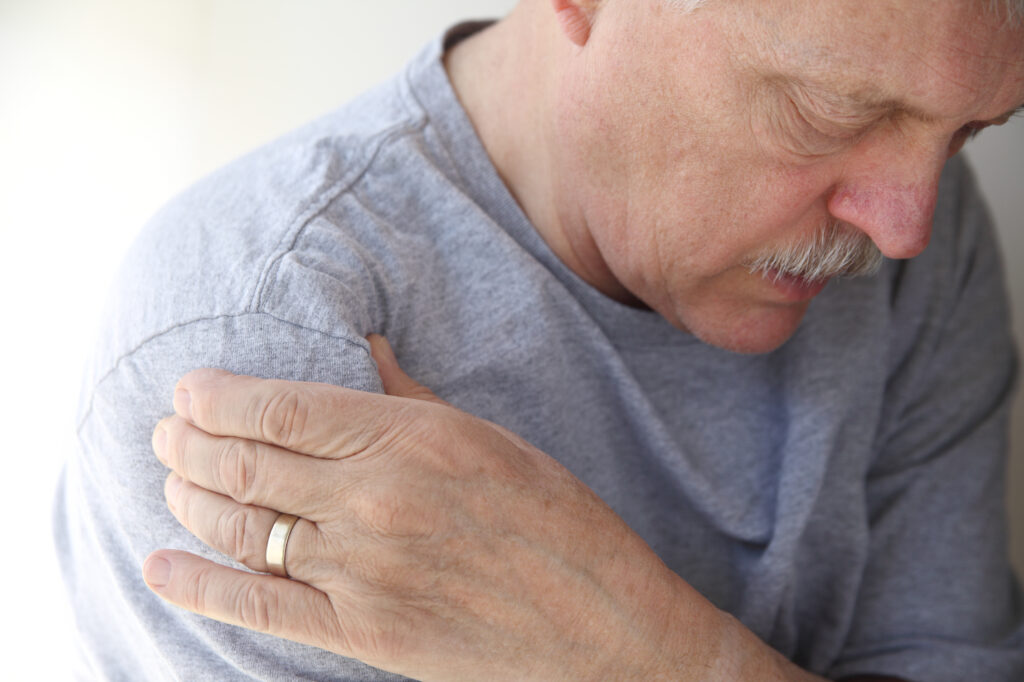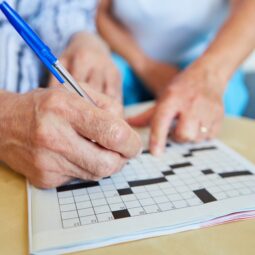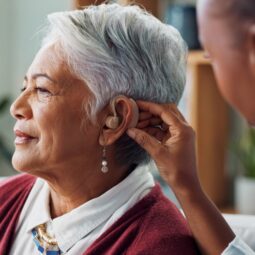By Steve Noveshen, MSPT, physical therapy, The Portland Clinic

Bursas are little, fluid-filled pillows that cushion the bones, tendons and ligaments around your joints. You have more than 150 of these pillows all over your body, and if just one of them becomes inflamed, you’re going to feel it.
Bursitis, as we call this inflammation, can lead to pain, tenderness, swelling and stiffness in the joint. Most often, it affects the shoulder, elbow, hip, knee or heel. These are the joints that tend to suffer the most from repetitive motion or pressure in our jobs and hobbies, a common cause of bursitis. But bursitis also can result from an injury, infection, autoimmune disease or just getting older.
A common response to pain is to stop moving the joint, but that can make the joint stiffer, weaker and less functional over time. A better idea is to team up with a physical therapist. A skilled physical therapist will help you understand what’s causing your pain, what you should — and shouldn’t — do for it, and how long you might expect your recovery to take.
How a physical therapist can help
Exercise and movement are the gold standard for treating bursitis. We want you to keep moving, in ways that cause less pain, while letting your bursa heal. It’s a careful balancing act. In the beginning, your physical therapist will coach you in how to decrease the movements and positions that are aggravating your bursitis, and how to safely practice new, less-aggravating ways to move. Once your pain lets up, we turn our focus to exercises that rebuild strength and gradually allow you to return to your previous activities.
Self-help for bursitis
The time and effort that you invest in yourself will have the biggest impact on your bursitis. In the short term, that means practicing the exercises and movements that you’ve learned. For lasting results, building strength and conditioning around the painful area will be key. And for the best success, getting good sleep, eating well and managing your stress are essential.
With good self-care, aided by education and coaching from a physical therapist, most people improve in time. The amount of time, however, varies widely depending on age, health status, and how long the problem has been going on. Physical therapy visits can be spread out to give your body time for natural healing, and your tissues time to adapt to the exercises. Surgery is rarely needed, but when it is, it can relieve the pain with no ill effects on the joint.
Not everyone needs to see a physical therapist. But if you’re unsure what’s causing your pain, or if it’s interfering with your sleep, function or activities, we’re happy to help.


